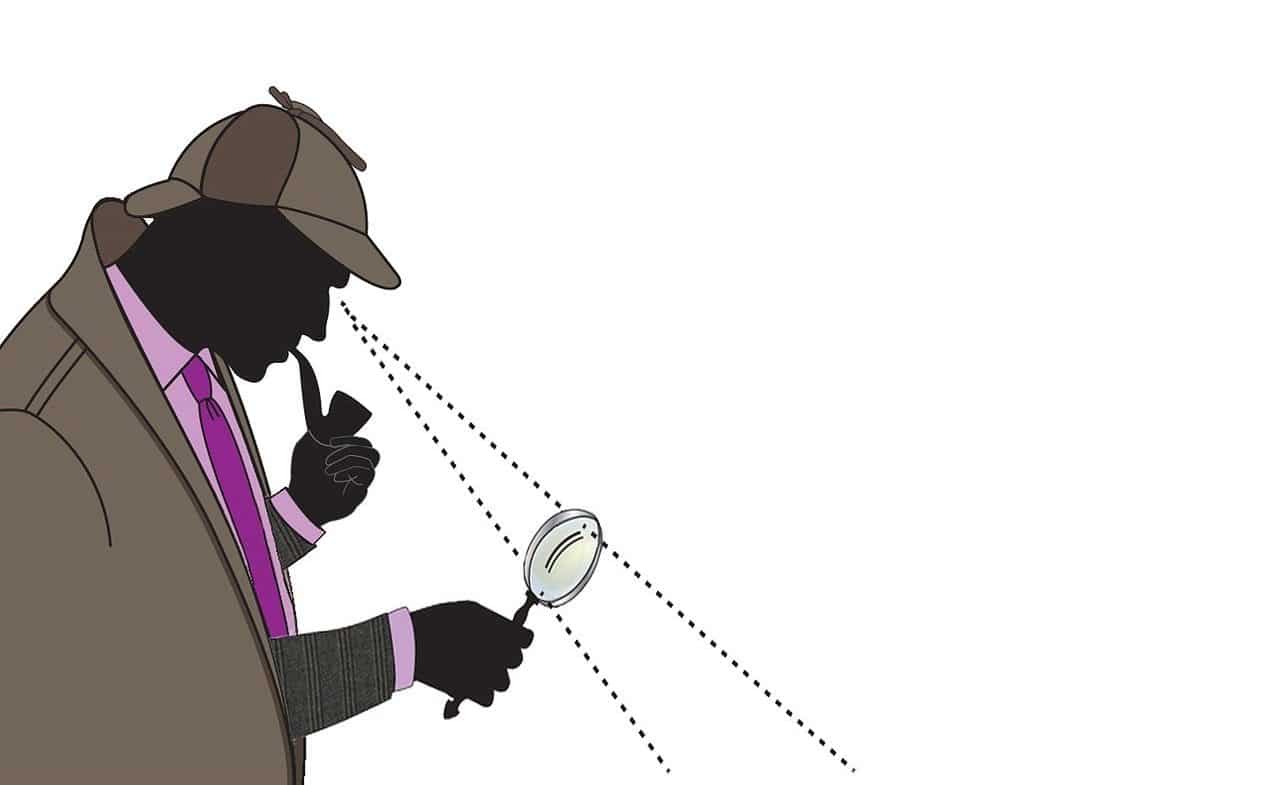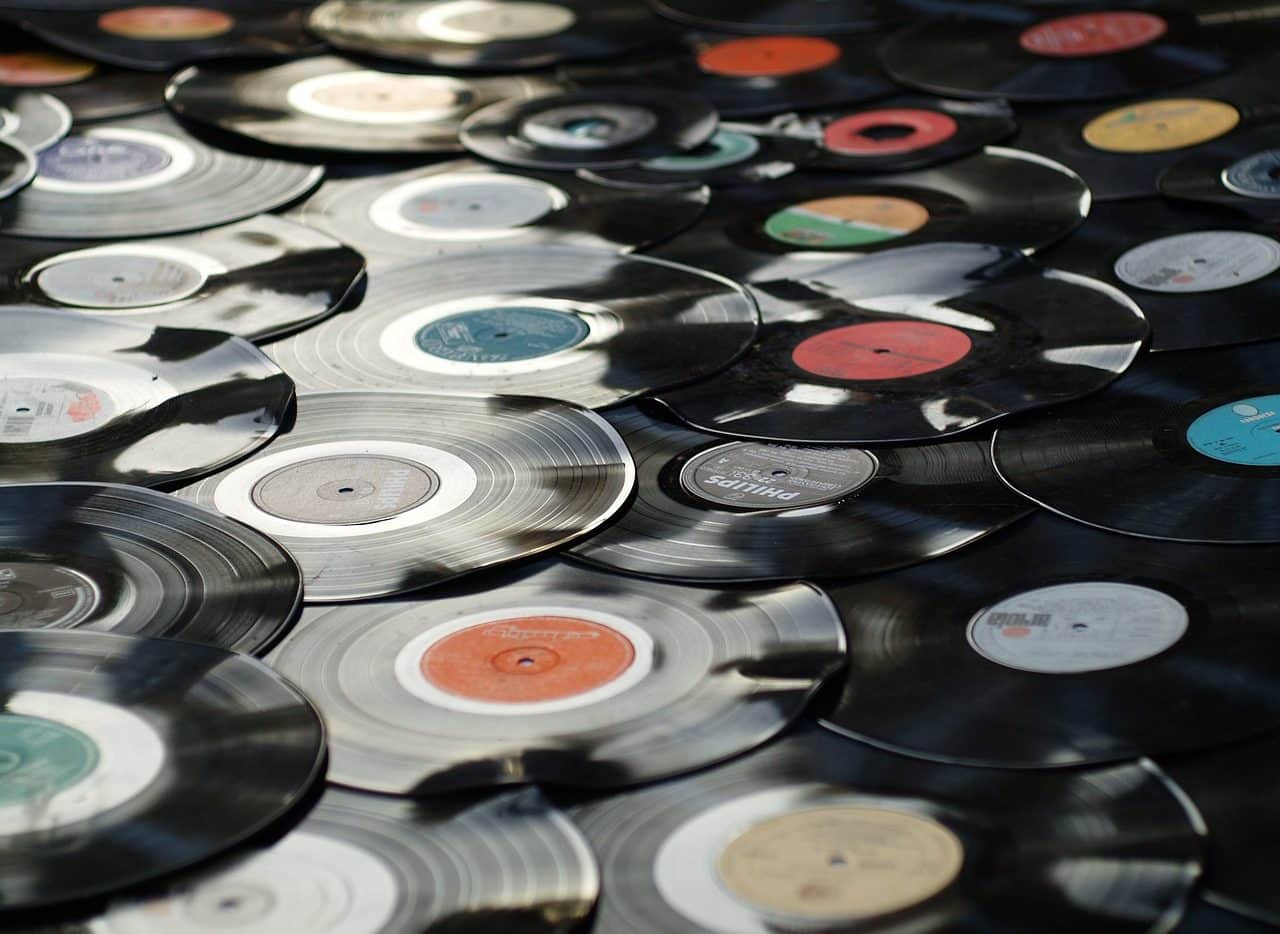
A clue can be a clue or a sign.
A clue is a vestige , signal or indication that allows progress in an investigation . Clues are certain information that, once discovered or noticed, serves to infer or deduce new data .
For example: “The detective found important clues at the crime scene” , “An anonymous message was left under the door and I have no clue as to who the author could be” , “The perfect crime does not exist: there is always some clue that the investigator can analyze to discover the truth.”
The clue as help
A clue can also be a collaboration or help given to another person in certain contexts. The intention of the person providing the clue is for the interlocutor to discover something on their own, without having to provide the complete answer.
These types of clues can be provided in the context of a game (a parent hiding a surprise gift for his child and giving him clues to discover its location) or an assessment (a teacher giving clues to a student so that he remembers). certain data and can answer exam questions).
A delimited physical space
Tracks, in another sense, are physical spaces that are delimited so that they can fulfill a specific function. We can talk about race tracks , landing strips , dance floors , etc.
“The German rider has already won five times on this track” y “The pilot could not locate the runway due to fog and decided to postpone the landing” son expresiones que reflejan este uso.

The band that is part of a record is known as a track.
The track as a band or song
A track, finally, can be a strip that is part of a disk or a magnetic tape. These tracks independently contain data that, when brought together, give totality to a work.
In the world of popular music, track is often spoken of as a synonym for song . Each is made up of many independent parts (so-called layers ) that are usually recorded separately, although they can also be made up of various frames recorded in other sessions. If we simplify the process to the minimum possible degree of complexity, we can say that some musicians record each instrument on a different layer and finally combine them to give birth to the complete work; that is, to the track.
Needless to say, in reality the work is much less direct. One of the reasons is the need to repeat certain shots until the desired results are achieved. We must also mention post-production, all those touch-ups that are carried out on the material obtained in the studio, what is called "the raw" , to correct imperfections in time or tuning, add sound effects or convert small parts into recurring bases, among many other possibilities.
Recording process
To record a song, there are a large number of possible configurations, with a clear distinction between a professional studio and a home studio. Broadly speaking, in addition to microphones and noise-insulating walls, a device is needed capable of storing the takes and mixing them, something that is done with the help of a computer program.
Generally, if it is a group of musicians, it is usually divided to record the instruments separately or at least in subgroups of similar sounds or qualities. It is common to start with the one that sets the rhythm of the piece, so that it serves as a canvas on which the others fit.
Each musician can use the previous sessions by listening to them with headphones while doing their work, with the intention of playing their part at the same speed, respecting the rhythm and variations perfectly. In this way, more and more layers are created, until all the necessary ones are obtained to reconstruct the song digitally into a track.
